
Starting June 1st, 2023 Our warehouse fee will be $0.65/cubic foot per month
In effort to lower the warehouse storage fee during inflation, we have went narrow aisle racking.This construction took us four months but the project is finally completed. With narrow aisle racking, we are able to drop storage by 24%.We as partners will go through this inflation together.
04/22/2024
In the vast ecosystem of ecommerce operations, shipping labels might appear inconsequential, but they are the unsung heroes of both inbound and outbound logistics. They wield significant influence over the success of your online store and the satisfaction of your customers. Think of them as the guiding lights in the labyrinth of supply chain intricacies, seamlessly conveying crucial information about your packages' origins and destinations to both man and machine.
Picture this: without meticulously crafted shipping labels, your customers' eagerly awaited orders could vanish into the abyss of mishandling, leading to a cascade of negative consequences. From tarnished customer experiences to the erosion of brand loyalty and the haunting specter of lost sales, the repercussions are palpable.
But fear not! In this article, Worldcraft Logistics delves into the anatomy of shipping labels, unraveling the layers of essential information they carry. Discover the art of crafting shipping labels for self-fulfilled orders, empowering you to navigate the logistics landscape with finesse. Moreover, explore how entrusting the logistics labyrinth to a third-party logistics (3PL) provider can alleviate the burdens of shipping, allowing you to focus on what truly matters: growing your online store and nurturing customer relationships.
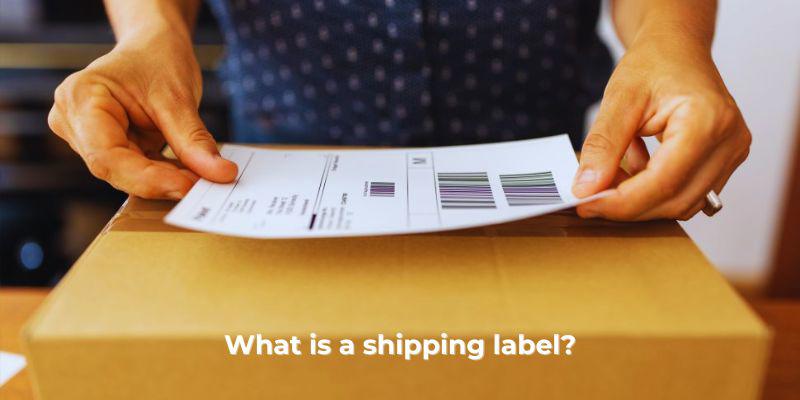
Shipping labels serve as the passport of your package, communicating vital details to carriers as they embark on their journey to the designated destination. These labels are more than mere stickers; they are the narrative thread that guides your package through the intricate web of transportation channels.
Relevant information on the shipping label includes important elements such as: postal code, country, tracking number, QR code, weight, destination address, return address, shipping method, amount must pay for the order,..
Shipping labels play a pivotal role by succinctly presenting carriers with the necessary information to navigate packages from their origin points, whether warehouses or fulfillment centers, to their final destinations - the doorsteps of eager customers.
However, any discrepancy in or absence of shipping labels can precipitate a series of unfavorable outcomes:
Transit Delays: Inaccurate or missing shipping labels can impede the smooth flow of packages, resulting in delays during transit.
Misdelivery: Without clear guidance from shipping labels, packages are susceptible to being delivered to incorrect addresses, causing inconvenience for both customers and carriers.
Loss: Packages may risk being entirely lost within the logistics labyrinth if shipping labels are absent or incorrect.
Consequently, customers may find themselves disenchanted with your brand, potentially leading to:
Negative Online Reviews: Dissatisfied customers are inclined to voice their grievances through negative reviews online, denting the reputation of your brand.
Social Media Criticism: The age of social connectivity empowers disgruntled customers to broadcast their negative experiences across social media platforms, amplifying the impact of any mishap.
Defection to Competitors: Faced with unsatisfactory service, customers may opt to switch allegiance to competitors, posing a threat to your brand's market share.
In essence, the importance of shipping labels transcends their physical presence; they are the linchpin of customer satisfaction and brand loyalty. Neglecting their significance is tantamount to jeopardizing your brand's reputation and market standing.
Deciphering the intricate hieroglyphics of shipping labels can indeed be a daunting task, with a myriad of information and cryptic symbols adorning their surfaces. Fear not, for Worldcraft Logistics is here to illuminate the path to understanding. Below, we'll unravel the key parameters to help you navigate through the labyrinth of shipping labels with ease:
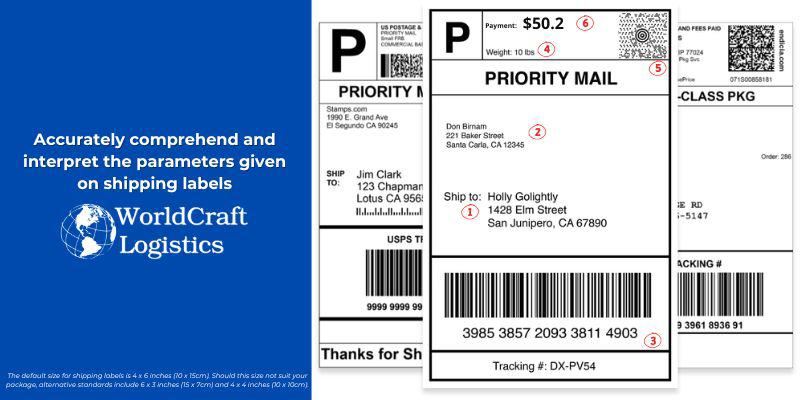
Important to remember: What size are shipping labels? The default size for shipping labels is 4 x 6 inches (10 x 15cm). Should this size not suit your package, alternative standards include 6 x 3 inches (15 x 7cm) and 4 x 4 inches (10 x 10cm).
This information directs the carrier to the designated delivery location and provides a means of contacting the recipient in case of any delivery-related issues. Accuracy in this information is crucial to ensure that the package reaches the intended recipient.
The sender's address, postal code, and country serve as the exact coordinates for initiating package shipping.
A unique tracking number serves as the digital signature of the package, allowing both carriers and recipients to accurately track its whereabouts. Shipping barcodes are scanned upon entry or exit from carrier facilities, with the tracking number corresponding to the barcode for customers to monitor their package through the carrier's website.
This numerical value represents the package's mass, ensuring appropriate handling throughout its transit.
Whether the package travels with the swiftness of expedited shipping or the steadiness of standard delivery, the shipping method denotes the pace of its journey. The modern way now is to scan the QR code on the order for quick tracking.
The shipping label indicates whether postage has been paid. If pre-paying and printing shipping labels online or working with an order fulfillment provider, the label will be marked as paid.
Exemple: In the case of the example UPS shipping label provided, "P/P" signifies pre-payment. Various delivery services employ different codes for payment status.
Immediately see articles related to the best preparations for your shipment or order in the most thoughtful way. These things will help you a lot now and in the future.
👉 What is VAT code? How to & related documents to get VAT ID number
👉 What is HS Code? Meaning, how to find HS Code quickly & accurately
👉 What is a SKU number? How to create and use SKU codes effectively
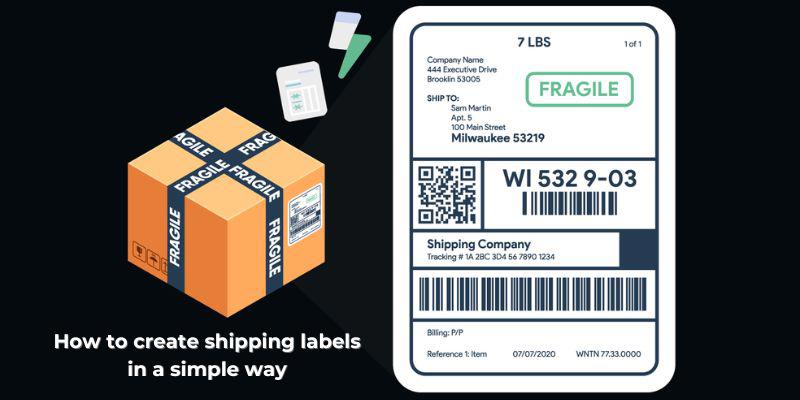
To streamline your shipping process and optimize cost-efficiency, creating your own shipping labels is a smart move. By doing so, you can unlock various discounts and even arrange for the carrier to collect packages directly from your location, whether it's your home or facility.
If you're new to creating shipping labels and unsure where to begin, fear not. We've laid out a simple guide to walk you through the process step by step:
Head over to the website of the carrier you prefer to use for shipping. There, you can access their shipping label creation tool. Fill out the shipping label template with the necessary details, download the label, print it, and affix it securely to your parcel—all directly through the carrier's website.
Numerous free shipping label templates are available online, making it easier for business owners to generate labels efficiently. Platforms like Shopify offer free tools where you can input sender and receiver information, shipping details, and package specifics to create a customized shipping label.
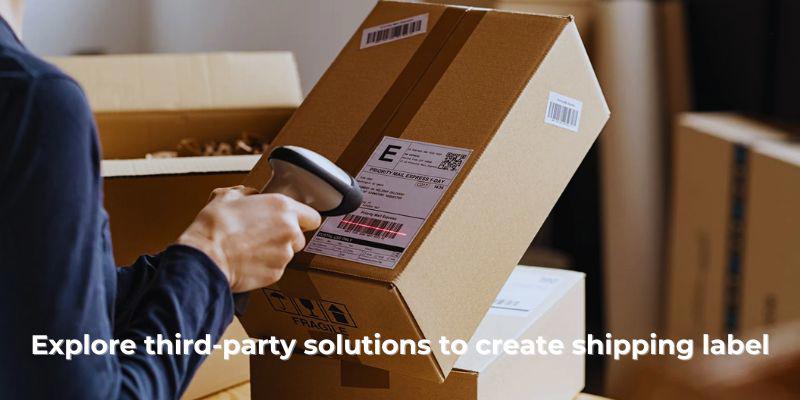
Shipping can pose challenges, especially for high-volume shippers. Consider leveraging shipping software such as ShipStation, particularly if you're handling more than 10 orders per week. These tools streamline label generation and can potentially save you money. Alternatively, partnering with a third-party logistics provider like Worldcraft Logistics can offload the shipping process entirely, allowing you to focus on other aspects of your business.
To avoid common shipping label errors, it's crucial to include all required information accurately. Key fields to cover include sender and recipient details (name, street address, city, postal code, country, and state), recipient phone number, shipping date, tracking number, and package weight.
Once your shipping label is ready, ensure it's firmly affixed to your package. Place the adhesive label on a flat surface of the package to prevent it from coming off during transit. Avoid folding or obscuring the barcode, as this can cause issues during sorting and transportation.
By following these steps and paying attention to detail, you can master the art of creating shipping labels, paving the way for smoother logistics operations and enhanced customer satisfaction.
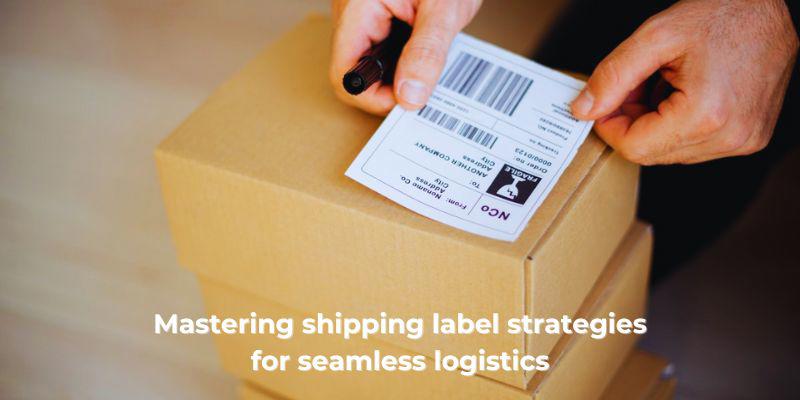
Are you striving for flawless logistics management? Look no further. Dive into these expert tips to elevate your shipping label game and ensure smooth sailing for your orders.
Embark on your shipping journey by deciphering your distinct shipping needs. Delve into the intricacies of your products, whether they're fragile, perishable, or hazardous. Familiarize yourself with the pertinent regulations and guidelines governing your shipments. For instance, shipping delicate items like perfume demands meticulous attention to hazardous material protocols. By preemptively addressing these considerations, you not only streamline the shipping process but also enhance your customers' delivery experience.
Precision is paramount when it comes to shipping labels. A single erroneous detail can lead to delivery delays or, worse, misdirected packages tarnishing your brand's reputation. Prioritize thorough checks before dispatching any parcel. Validate addresses, confirm zip codes, and ensure accurate package weights. By adopting a vigilant approach, you mitigate the risk of logistical hiccups, fostering trust and satisfaction among your clientele.
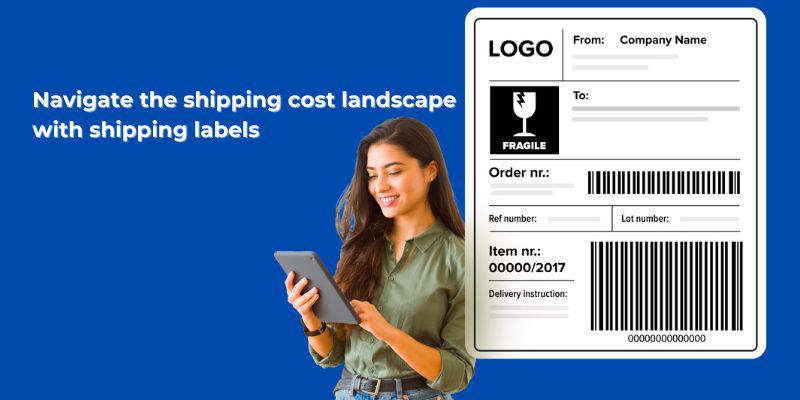
In the realm of ecommerce, strategic budgeting is indispensable. Allocate sufficient resources to cover shipping expenses, with a recommended minimum of $8 USD per package. While shipping costs can escalate depending on various factors, savvy businesses leverage partnerships with shipping platforms or third-party logistics providers to secure favorable rates. Whether through ShipStation or Worldcraft Logistics, explore avenues to optimize your shipping expenditure, empowering seamless order fulfillment without breaking the bank.
Forge symbiotic alliances with reputable shipping carriers to streamline your logistical endeavors. Major players like USPS, FedEx, UPS, and DHL offer intuitive online platforms, simplifying the shipping process from start to finish. By leveraging integrated solutions, such as direct ecommerce platform integration with carriers, you unlock efficiencies in order processing, automated label creation, and real-time tracking. Delve into carrier comparisons to align with the optimal partner tailored to your business's unique requirements.
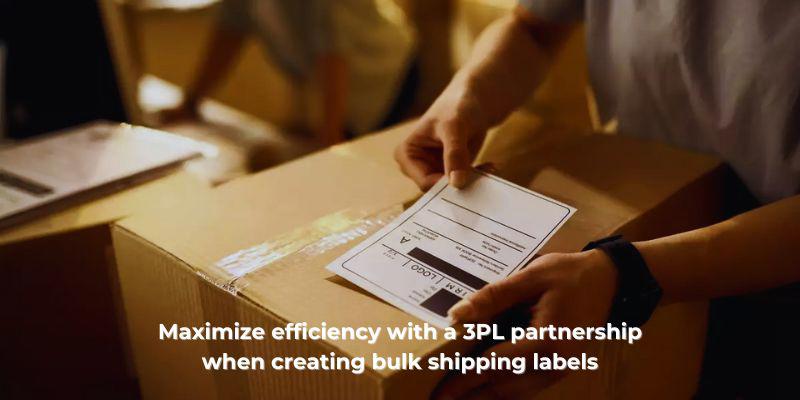
Elevate your logistical prowess by entrusting ecommerce fulfillment to seasoned professionals like Worldcraft Logistics. By outsourcing tasks such as label creation, order packing, and shipping logistics, you liberate valuable time and resources to fuel business expansion. With logistical intricacies handled adeptly by trusted third-party providers, you're empowered to focus on scaling your enterprise, confident in the seamless execution of your shipping operations.
Embrace these shipping label best practices to navigate the complex terrain of logistics with finesse. Elevate your operational efficiency, bolster customer satisfaction, and chart a course towards sustained success in the dynamic world of ecommerce.
SEO
Digital Marketing/SEO Specialist
Simon Mang is an SEO and Digital Marketing expert at Wordcraft Logistics. With many years of experience in the field of digital marketing, he has shaped and built strategies to effectively promote Wordcraft Logistics' online presence. With a deep understanding of the logistics industry, I have shared more than 500 specialized articles on many different topics.

Education
01/05/2025

Education
02/18/2025

Education
01/01/2024
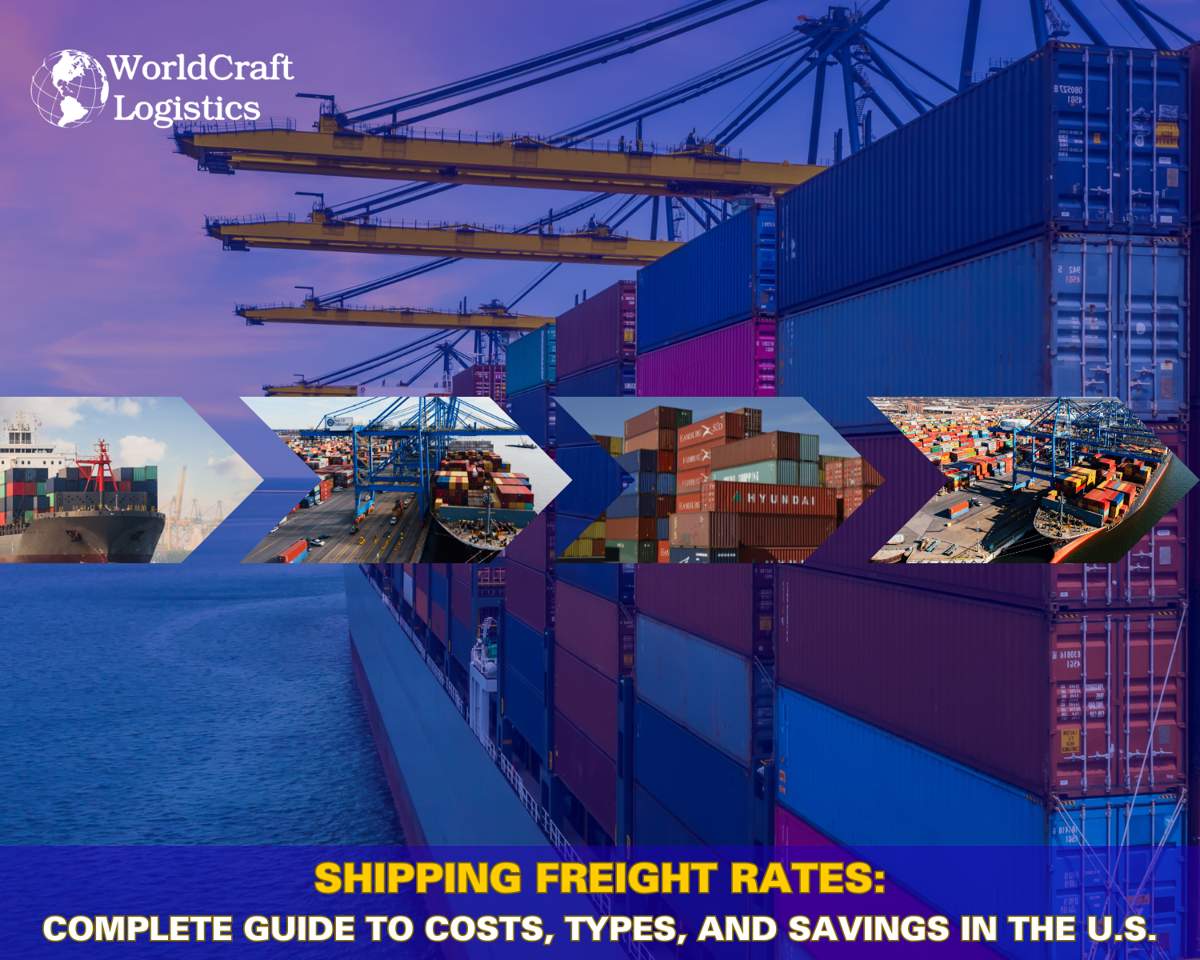
Education
09/09/2025

Education
08/28/2024